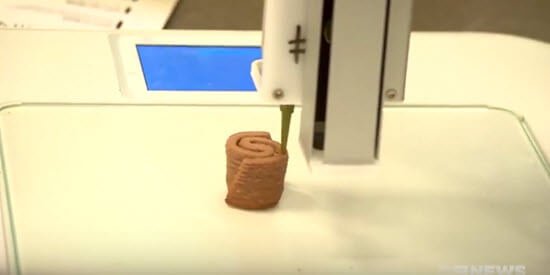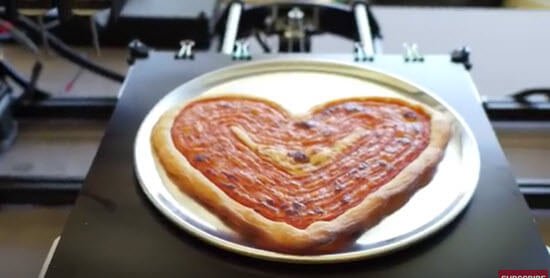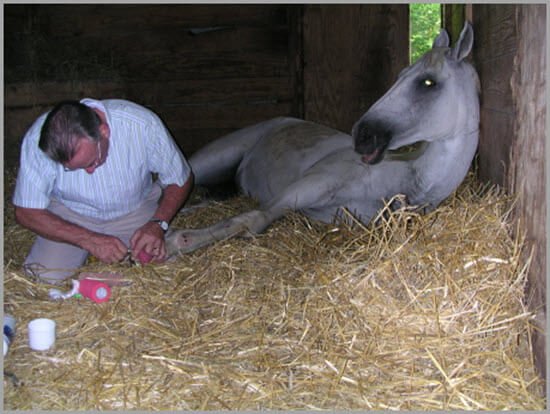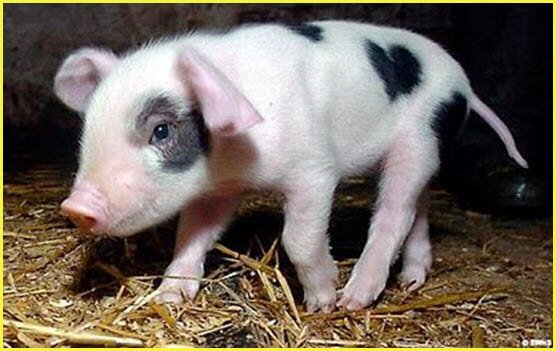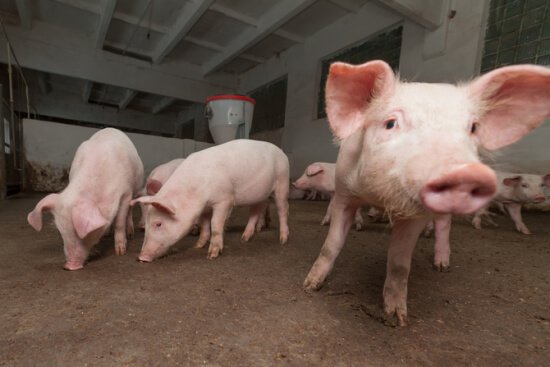Artificial Intelligence on Farms
Artificial Intelligence on Farms, Now it’s making practical Advances A long time ago, back in kindergarten or grade one, each student might have been given a tiny little flower pot, a tablespoon or so of soil, and a seed of some description. It became their job to grow a plant. The teacher helped them put soil in the pot, put the seed at the right depth, and then they would put their names of the pots and water them each day until something grew. Bean sprouts are fast, edible, and give satisfaction to kids. Most people experienced something like this at some point and it dwells in their mind as “how food is grown”. That is changing now. The World By the year 2050 our population might be over 9 billion people. Back in the year 1600 C.E. the population of the entire world was just a little over 0.5 billion. It wasn’t until 1800 C.E. that we probably broke through the billion barrier. That was the first time we probably heard the cry “Earth cannot sustain any more people. We can’t grow food for a billion mouths!” Obviously that was not true, since we have continued to grow to our current 7.6 billion—and there has never been a shortage of food. Yes, people have starved to death all over our planet, but never because there wasn’t enough food—we have always had a problem of distribution, getting excess production in one area to somewhere else with a severe lack. At every turn where we thought we had reached a limit, we found new ways of growing more food, with fewer resources, and even less human-powered interaction. We are unlikely to ever be defeated on that front. Long before we run out of the capability to produce sufficient food we will become smart enough to reduce our population to appropriate levels. Artificial Intelligence on Farms When people think of artificial intelligence nowadays they probably imagine C3PO and R2D2. Those movie creations were portrayed as considerably more advanced than what we have currently achieved. Nevertheless we’ve made some terrific progress. A company called BOWERY has moved farming indoors. Their crops are stacked one atop the other, lighted, fed, monitored, and diagnosed by sophisticated computer programs. Their crops are largely grown hydroponically, without soil, in trays that travel throughout the complex by conveyor. The sterile facility requires no pesticides to maintain the health of their plants. Faster than a human could ever do so, the Artificial Intelligence program is learning [...]





